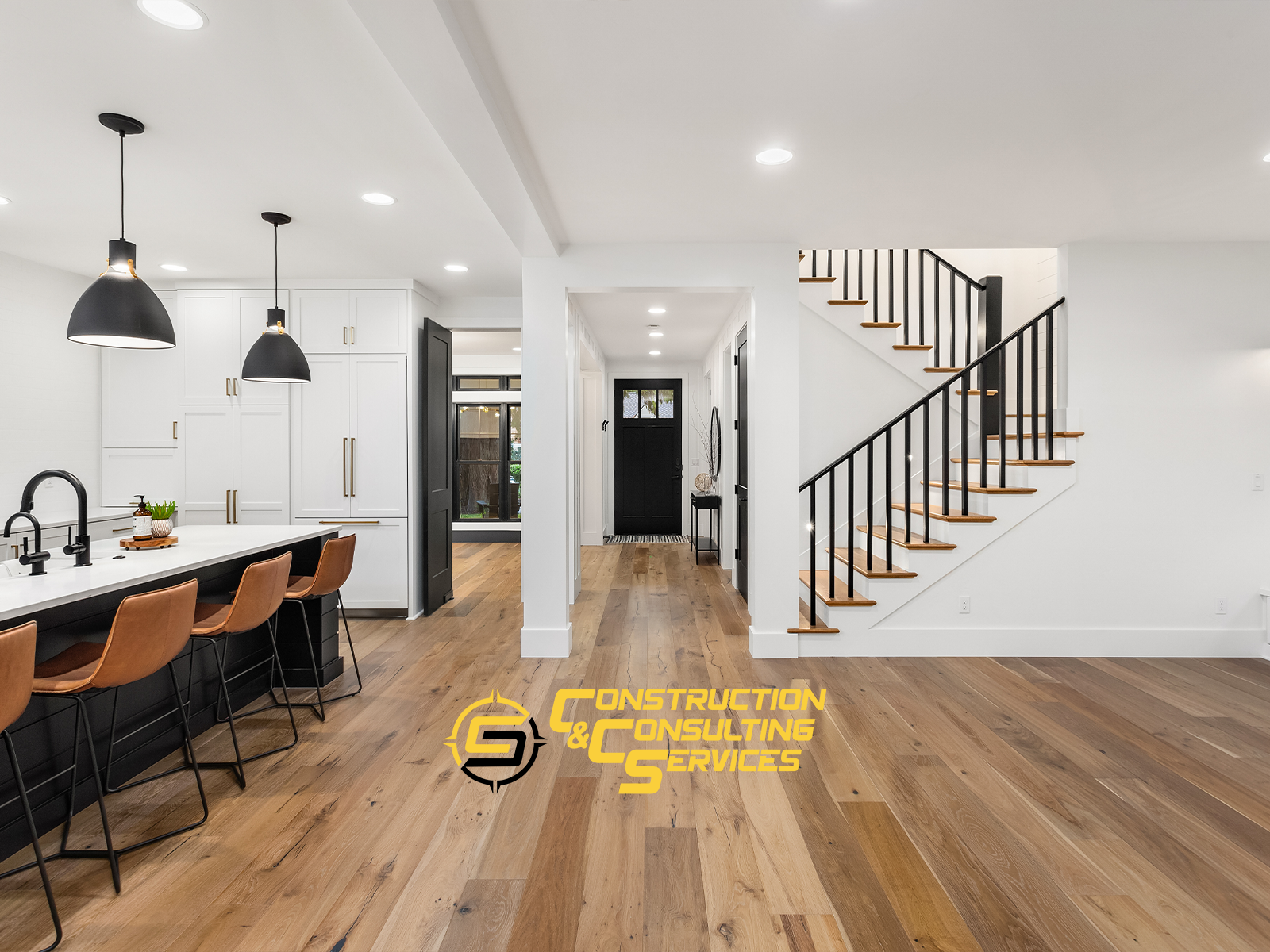Yes—under California law, multifamily properties are allowed to add up to 8 ADUs, depending on the configuration of the existing buildings. Senate Bills like SB 13, SB 9, and AB 68 opened the door for expanded ADU development.
Here’s what’s allowed:
Converted Spaces: You can convert non-livable areas (like storage rooms, garages, and basements) into up to 2 detached ADUs and up to 25% of the number of existing units as conversions (e.g., 4 units = 1 converted ADU).
Detached ADUs: You can add up to 2 freestanding ADUs on the lot.
Example:If you own a 4-plex, you may be able to add:
1 converted ADU from existing interior space
2 detached ADUs in the rear yard
Total: 7 units on a 4-unit lot.
Tip: Local zoning may still apply, so check with your city before starting plans.
Size and Design Regulations
While California law has streamlined ADU approvals, there are still size limitations to be aware of:
- Detached ADUs can be up to 1,200 square feet
- Attached ADUs can be up to 50% of the existing primary dwelling size (but no more than 1,200 square feet)
- Studio and 1-bedroom ADUs must be at least 150 square feet
- Minimum ceiling height of 7 feet for habitable rooms
- Required setbacks have been reduced to 4 feet from side and rear property lines
Financial Benefits of ADUs on Multifamily Properties
Adding ADUs to your multifamily property creates multiple revenue streams:
- Increased Rental Income: Each ADU can generate $1,500-$3,000+ in monthly rent depending on location and size.
- Property Value Growth: Adding ADUs typically increases property value beyond construction costs.
- Tax Benefits: Depreciation deductions and potential property tax benefits under Prop 13.
- Economies of Scale: Building multiple ADUs simultaneously often reduces per-unit construction costs.
Permitting Process Simplified
Recent California legislation has simplified the ADU approval process:
- Ministerial Approval: Cities must process ADU applications within 60 days.
- Reduced Fees: Impact fees are waived for ADUs under 750 square feet and proportionally calculated for larger units.
- No Owner-Occupancy Requirement: Until January 2025, there’s no requirement for the property owner to live on-site.
- Utility Connections: Cities cannot require separate utility connections for ADUs.
Common Challenges to Consider
Despite the favorable laws, multifamily ADU development can face obstacles:
- Parking Requirements: While often waived, some scenarios still require additional parking.
- Financing: Traditional construction loans may be complicated; consider specialized ADU lenders.
- Property Management: More units means more tenants to manage.
- Construction Coordination: Building multiple ADUs requires careful project management to minimize disruption to existing tenants.
Getting Started: Your ADU Roadmap
- Feasibility Study: Confirm your property’s eligibility based on lot size, existing structures, and local regulations.
- Financial Planning: Estimate construction costs ($200-$400 per square foot) and potential rental income.
- Architectural Design: Work with an architect experienced in ADU development.
- Permitting: Submit plans to your local building department.
- Construction: Hire a contractor with ADU experience, ideally one who has worked in your city.
Conclusion
The opportunity to add up to 8 ADUs on multifamily properties represents one of California’s most significant housing policy changes in decades. Property owners who take advantage of these laws can significantly increase their rental income while helping address the state’s housing shortage.
Before you begin, make sure to research your specific city’s implementation of state ADU laws, as some municipalities may have additional requirements or interpretations of the state standards.
Try out our ADU eligibility checker: https://www.laconstructioncompliance.com/adu-eligibility/ to quickly determine if your property qualifies and receive a custom development plan.




